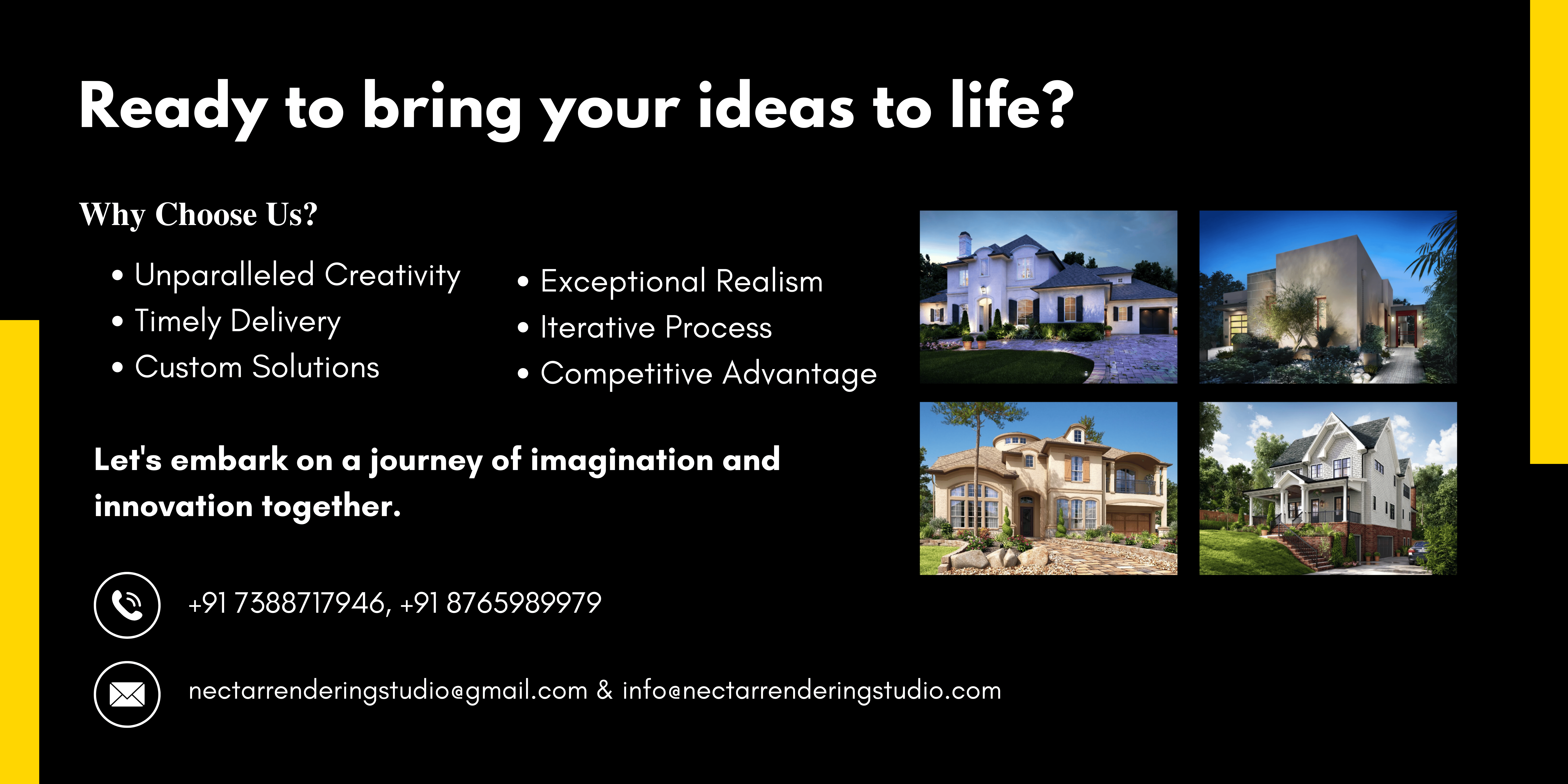Computer-Generated Imagery (CGI) has revolutionized the way visual content is created, allowing for stunning and realistic visuals in various industries, including film, gaming, architecture, and advertising. The CGI workflow differs significantly from standard workflows used in traditional media production. Understanding these differences is crucial for determining which option suits your project best. In this blog, we will explore the key distinctions between CGI workflow and standard workflow and help you decide which approach is the most suitable for your specific project.
CGI Workflow
- Pre-Visualization and Storyboarding
In the CGI workflow, pre-visualization and storyboarding are vital initial steps. Before any actual production or rendering takes place, the project’s concept and visual direction are fleshed out through storyboarding and pre-visualization techniques. This process allows for early feedback and refinement of the visual narrative, ensuring a clear vision for the final output.
- 3D Modeling and Texturing
One of the defining aspects of CGI is the use of 3D modeling and texturing. In this stage, artists create 3D digital models of objects, characters, or environments within the project. Texturing involves applying surfaces, colors, and materials to these models, making them visually realistic or stylized, depending on the project’s requirements.
- Lighting and Rendering
The CGI workflow includes detailed lighting setups and rendering techniques. Artists carefully design lighting scenarios to create the desired mood, atmosphere, and visual impact in the scene. The rendering process involves converting the 3D models and lighting setups into 2D images or videos, resulting in the final visual output.
- Post-Processing and Compositing
After rendering, the CGI artists perform post-processing and compositing to enhance the visuals further. This stage involves color grading, adding special effects, and integrating various elements together to create a seamless and polished final result.
Standard Workflow
- Traditional Filming or Photography
In standard workflows, such as traditional film or photography, the initial step involves capturing real-world footage or images using cameras. This footage is then used as the foundation for the rest of the production process.
- Editing and Post-Production
In standard workflows, editing and post-production are crucial stages. Footage or images are edited to create a cohesive narrative or visual sequence. This involves cutting, arranging, and manipulating the captured content to tell a story effectively.
- Special Effects and Visual Enhancements
Special effects and visual enhancements are added during the post-production stage in standard workflows. Techniques such as practical effects, animation, or digital compositing are employed to enhance the visuals and create engaging and visually appealing content.
- Color Grading and Finalizing
Color grading is an essential aspect of the standard workflow. This process involves adjusting colors and tones to achieve a specific visual style or mood. Once the final visuals are polished, the project is finalized and ready for distribution or display.
Which Option Suits Your Project?
The choice between CGI workflow and standard workflow depends on the nature and requirements of your project.
Choose CGI Workflow When:
- Visual Realism is Critical: If your project demands highly realistic and detailed visuals that are challenging or impossible to achieve with traditional filming or photography, CGI workflow is the way to go.
- Creative Freedom: CGI allows for unparalleled creative freedom, enabling you to visualize and bring to life concepts that may be difficult or costly to achieve practically.
- Complex Environments or Scenes: CGI excels at creating complex and fantastical environments, such as alien planets, magical realms, or futuristic cityscapes.
Choose Standard Workflow When:
- Real-World Footage is Essential: If your project heavily relies on real-world footage or images, such as documentaries, news reports, or location-specific content, the standard workflow is more suitable.
- Budget Constraints: CGI production can be cost-intensive, especially for large-scale projects. If budget constraints are a significant consideration, the standard workflow may be more feasible.
- Time Constraints: CGI production can be time-consuming, particularly for highly detailed or extensive projects. If time is of the essence, the standard workflow may offer a faster turnaround.
Conclusion
In conclusion, the CGI workflow and standard workflow differ significantly in their approach and the type of projects they best suit. CGI offers unparalleled visual realism and creative freedom but may be more resource-intensive in terms of time and budget. On the other hand, the standard workflow is ideal for projects that rely on real-world footage, have budget constraints, or require faster production times.
The decision between CGI workflow and standard workflow should be based on the specific needs and goals of your project. Consider the level of visual realism required, the complexity of environments or scenes, your creative vision, and the available resources. By understanding the differences between these workflows, you can make an informed choice that aligns with your project’s vision and objectives, ultimately leading to a successful and visually captivating final output.
____
Searching for impeccable 3D rendering Company? Look no further! 🎯
We specialize in turning your visions into awe-inspiring visual masterpieces. Whether you’re an architect, interior designer, real estate professional, or a business owner seeking to showcase your products, our top-tier 3D rendering services are tailored to meet your unique needs.


